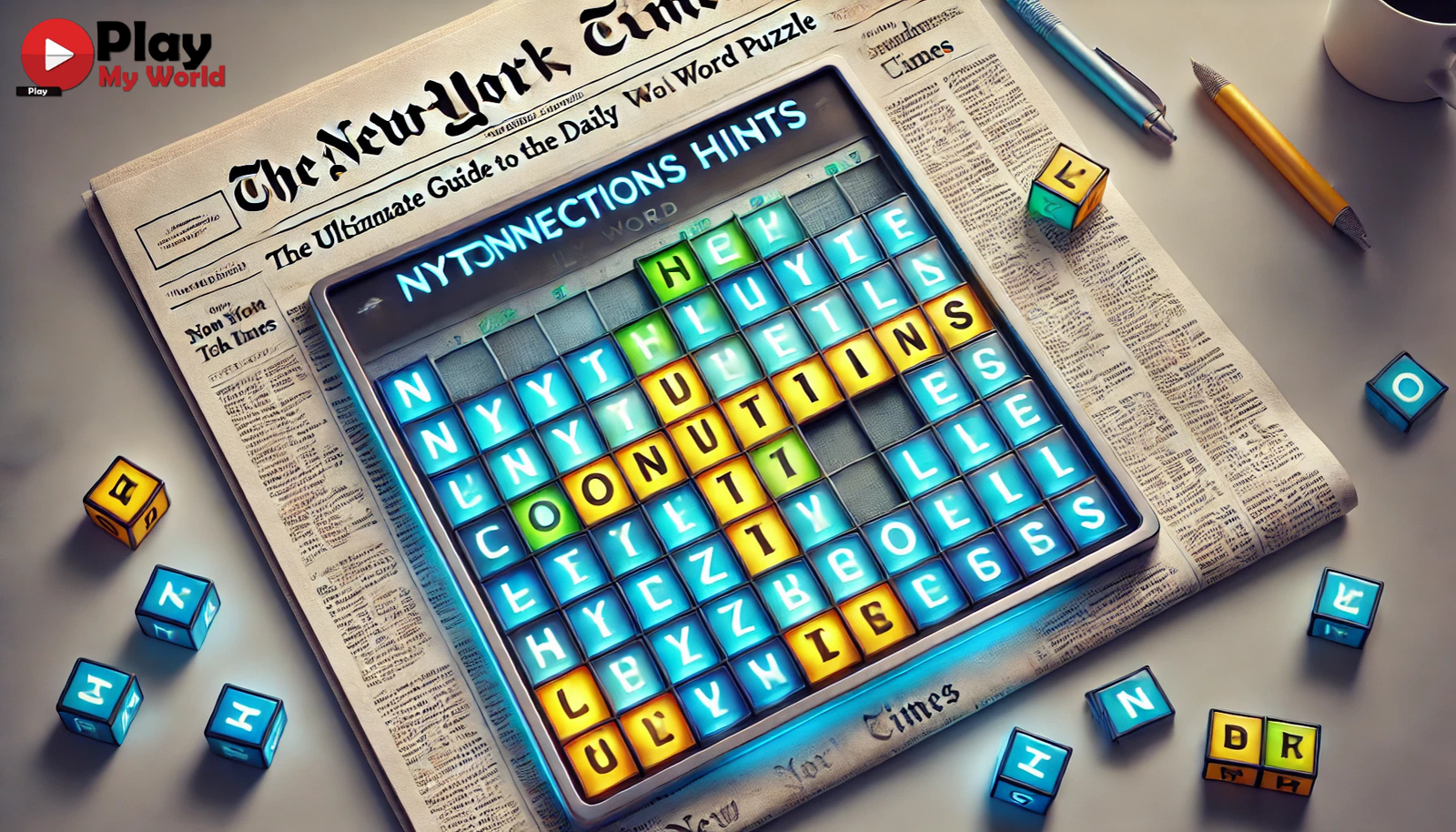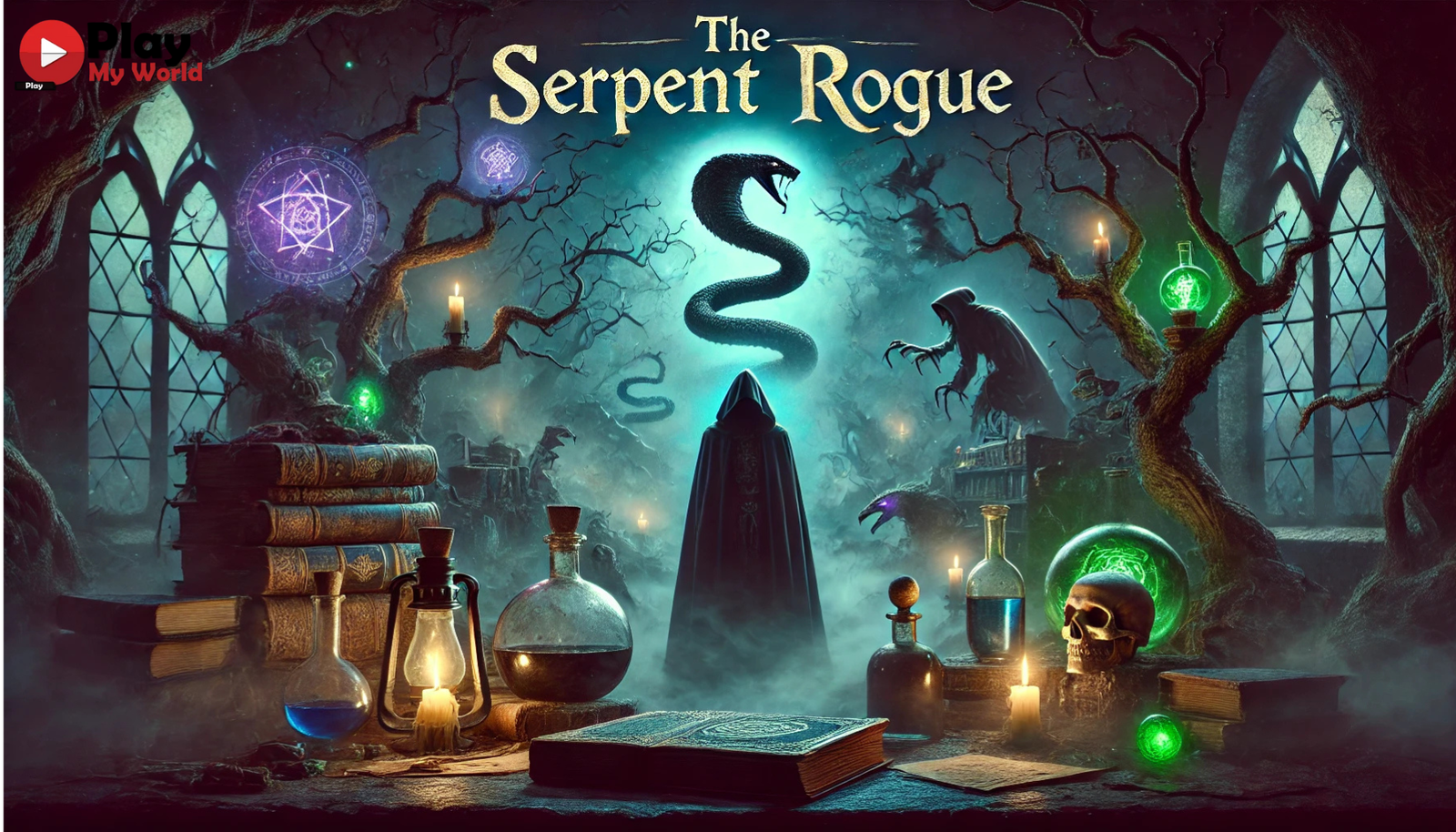Introduction
The New York Times’ Connections is a daily word puzzle that challenges players to find groups of four related words from a set of 16. Unlike traditional crossword puzzles or word searches, this game tests pattern recognition, logic, and lateral thinking.
While some connections are straightforward, others can be complex, requiring an understanding of synonyms, common phrases, homophones, and even cultural references. For those who struggle with certain puzzles, hints and strategies can significantly improve their success rate.
This guide will provide a clear understanding of how NYT Connections works, the types of word relationships commonly found, and strategies to help players solve puzzles more efficiently.
How NYT Connections Works
NYT Connections presents a grid of 16 words. The objective is to sort them into four groups of four, based on a common theme or relationship.
Basic Rules
- The game consists of four hidden categories of related words.
- Each category contains exactly four words.
- Players must find and submit the correct groupings before making four incorrect guesses, or the game ends.
- Categories are color-coded based on difficulty:
- Yellow represents the easiest category.
- Green is slightly more challenging.
- Blue involves trickier connections.
- Purple is the hardest category, often including wordplay or abstract relationships.
Some categories may be straightforward, such as “Types of Fruits” or “U.S. States,” while others require deeper connections, such as “Words That Can Precede ‘Key’” (High, Pass, Low, House). Recognizing patterns is essential to solving these puzzles successfully.
Also Read: Latest Gaming PlayMyWorld: A Complete Guide to the New Features and Updates
Common Types of Word Connections in NYT Connections
Understanding different types of word relationships can help players quickly identify patterns.
Thematic Categories
These groups share a clear real-world connection. Examples include:
- Fruits: Apple, Orange, Banana, Grape
- Musical Instruments: Violin, Trumpet, Piano, Flute
- Famous Cities: Paris, Tokyo, New York, London
Synonyms and Related Meanings
Some groups consist of words with similar meanings. Examples include:
- Happy Words: Joy, Bliss, Delight, Cheer
- Words for Walking: Stroll, Stride, Saunter, Amble
Common Phrases and Expressions
Certain words belong to well-known phrases or idioms. Examples include:
- “Out” Words: Outlaw, Outrage, Outcast, Outburst
- “Under” Words: Undercover, Underground, Underestimate, Understudy
Wordplay and Double Meanings
These categories involve puns, homophones, or tricky language. Examples include:
- Words That Can Precede “Key”: High, Pass, Low, House
- Rhyming Words: Kite, Bite, Light, Fight
Spelling and Sound Patterns
Some word groups are connected by their spelling, pronunciation, or letter arrangements. Examples include:
- Words Ending in “-ing”: Running, Singing, Flying, Jumping
- Silent Letter Words: Knight, Write, Debt, Gnome
By identifying these patterns, players can quickly eliminate incorrect choices and focus on the most likely groupings.
Strategies for Solving NYT Connections
Even experienced players can struggle with certain puzzles. Here are effective strategies to improve success.
Identify the Most Obvious Group First
Scanning the list for an easily recognizable category, such as colors, animals, or professions, can provide a solid starting point.
Consider Alternative Meanings
Words often have multiple meanings. For example, “Match” could refer to a competition, a fire-starting tool, or two things that pair well. Thinking about different interpretations can reveal hidden connections.
Look for Overlapping Words
Some words may seem to fit multiple categories. If uncertain, set aside ambiguous words and focus on clearer groupings first.
Use the Process of Elimination
Once two groups are completed, the remaining words become easier to categorize. If a word seems out of place, reconsider its possible meanings or connections.
Save Incorrect Guesses for Later Stages
Since players have four incorrect attempts before losing, mistakes should be used strategically. Avoid guessing randomly and instead test potential groups with confidence.
Also Read: Fun Crafts Thunderonthegulf: A Creative Escape on the Gulf Coast
Step-by-Step Guide to Solving an NYT Connections Puzzle
For those struggling with a particular puzzle, following a structured approach can increase accuracy.
Step 1: Scan for the Most Obvious Category
Identify the most apparent set of four words that belong to a simple category, such as types of clothing, modes of transportation, or common verbs.
Step 2: Test the First Group
Select and submit the four words that seem to belong together. If correct, move on to identifying another category.
Step 3: Identify Flexible Words
If a word seems to fit multiple categories, leave it out until there is more certainty about its best placement.
Step 4: Work Through More Abstract Groups
After solving easier categories, analyze the remaining words for possible wordplay, phonetic similarities, or idioms.
Step 5: Use Logical Guessing
If down to the final eight words, there should be only two remaining groups. Guess carefully by considering both options before submitting.
Following this structured method can significantly improve solving times and overall success rates.
Conclusion
NYT Connections is a challenging and engaging word puzzle that requires both logical thinking and creative problem-solving. By mastering common word relationships, applying strategic techniques, and practicing regularly, players can increase their accuracy and enjoy the puzzle more.
To summarize the key takeaways for solving NYT Connections:
- Start with the most obvious category.
- Be mindful of wordplay, synonyms, and idioms.
- Use process of elimination to simplify choices.
- Save incorrect guesses for challenging selections.
- Develop a systematic approach to identify word relationships.
With practice and the right strategies, players can consistently improve their performance and enjoy the satisfaction of solving NYT Connections puzzles with ease.




